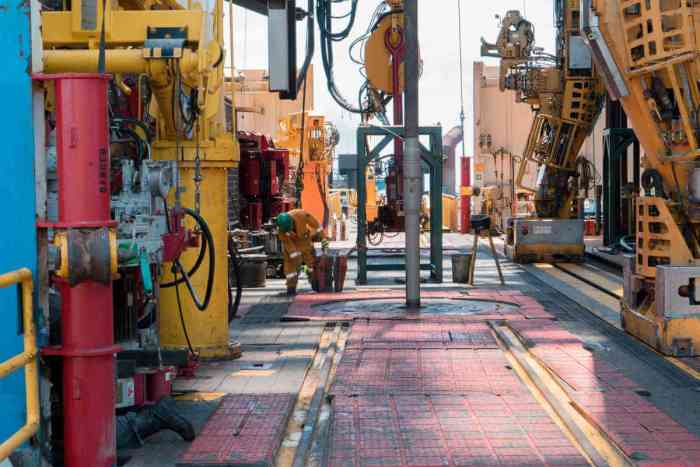The company had always led Guyanese to believe that first oil would have flowed from the seabed sometime in March of 2020, but just before half past nine on Dec. 20, American supermajor ExxonMobil announced that Guyana had officially become the world’s newest producer of crude oil, less than five years after Exxon had first boasted about an offshore commercial find.
Senior company officials had said that it was standard practice to add a six-month additional period to the real deadline to cater for eventualities and extensive safety checks before a startup date was announced, hence March as the outer deadline that had had been fed to industry observers for months.
The announcement by Exxon and partners Hess Oil of the US and CNOOC of China came five days before Christmas and less than three months before Guyanese vote in what is being widely regarded as the most crucial and defining general elections in the country’s history. Analysts say that whichever party wins the March 2, 2020 general elections with oil revenues set be more than $1B in five years, will control this resource-rich nation for decades.
Officials also said that by the time oil quality tests are completed and the lifting of crude from the ocean floor settles down in a few weeks, production could be ramped up to about 120,000 barrels per day or about twice the production level of neighboring Trinidad which has been an oil producer for 111 years.
The commencement of offshore oil production in Guyana also now means that Guyana has joined Trinidad, Suriname with about 16,000 barrels daily of oil from onshore wells near the Guyana border and Barbados at about 1,600 barrels daily from inland wells in the center of the island.
And just when the weekend announcement was beginning to sink in as Guyanese wrapped up last minute Christmas shopping and household chores, Exxon dropped another bombshell in the world of oil and gas, saying that it had discovered yet another gushing well-its 15th so far.
Reacting to the announcement, Guyanese Energy Department Director Mark Bynoe said that he Mako-1 well is located just southeast of the Liza-1 well-Exxon’s first commercial discovery back in 2015. “This discovery by ExxonMobil and its partners comes on the heels of the start of oil production. The Republic of Guyana is experiencing a truly historic moment that has all the ingredients to facilitate a paradigm shift towards sustained economic transformation,” Bynoe said.
The latest discovery will only add to the consortium’s astonishing strike rate for gushing wells. Of the 17 drilled so far, only two have come up dry, a development which global analysts say is far better than anywhere else in the world.
In all, the consortium has said it will need about 17 producing wells for this startup phase and about 40 in the Liza-2 field. Guyanese authorities are currently reviewing documents for Payara, a third field the consortium has in sights. If all of these come on stream as planned, Guyana could be producing up to 750,000 barrels per day in about five years.
As Guyanese savor the moment, Tullow Oil of the United Kingdom, Repsol of Spain and CGX Energy of Canada are all preparing to sink exploratory wells in the new year. Anxious shareholders are all expecting these mega firms to find commercial quantities giving the closeness of their concession to Exxon’s now globally proven Stabroek Block.
As electoral politics take a brief break for Christmas, a debate about proper safeguards for Guyanese in local content legislation is raging as well as concerns about how oil revenues which are to be stashed in a special wealth fund would be used or abused. President David Granger said at the weekend authorities would act responsibly and would used the wealth to accelerate infrastructural development and improve free education opportunities for all domiciled in Guyana.





















